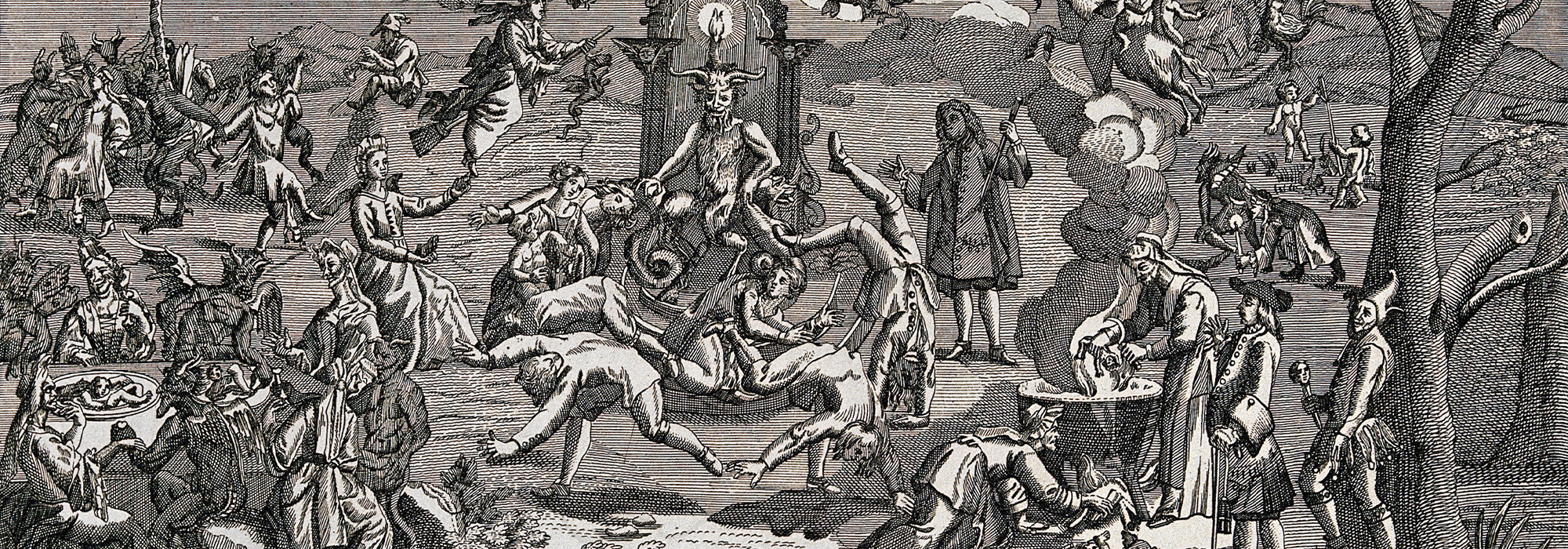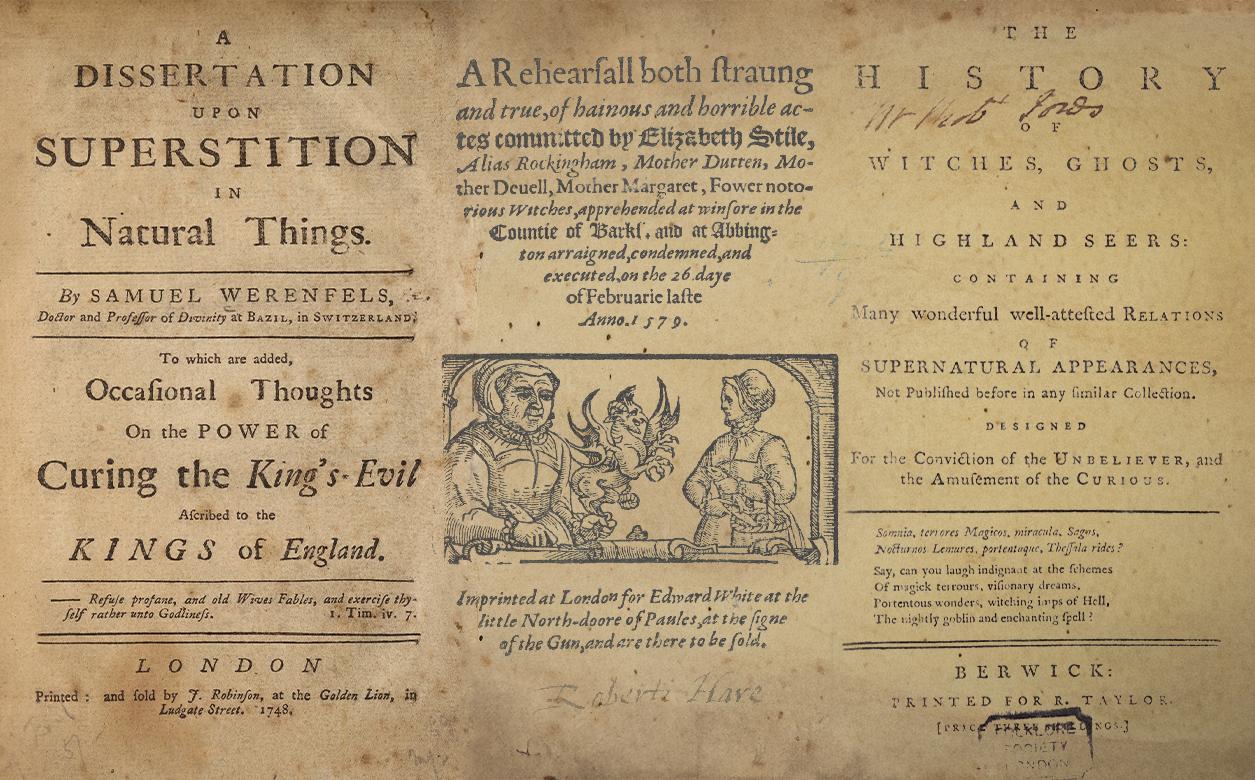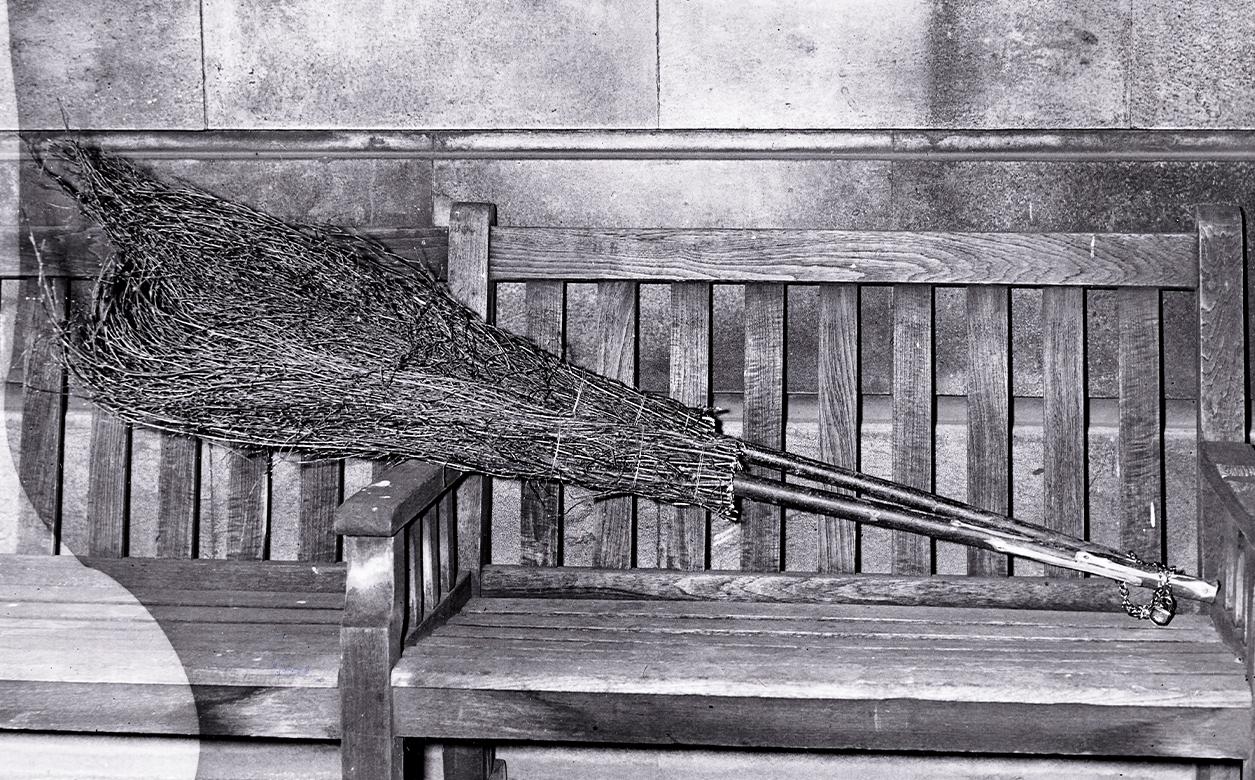Witchcraft and Magic in England, c. 1400–1920 Coming Soon

The significance of witches, witchcraft, and magic in English history
Receive Updates on Release
This collection is coming soon. However, you can register for a free trial here and obtain access as soon as it is released.
Register Institutional Interest
Register your InterestExplore magical practices and beliefs in England across five centuries


The practice of witchcraft is centuries old, yet we continue to live in a world fascinated by the potential of magic. Witches have existed in many eras, and in many forms—culturally significant and versatile figures who became the object of intense legal, religious, political, and social scrutiny.
This fascinating collection charts the evolution of witchcraft and magic in England over five centuries. It comprises documents sourced from The National Archives (UK), British Library, University College London Special Collections, and The Folklore Society. It incorporates a broad range of records and texts, exploring an array of key topics and themes, such as gender, medicine, politics, religion, and science.
The collection hones in on the concept of the witch in late medieval thought and literature, when longstanding beliefs in ritual magic, superstition, astrology, religion, and theories of health and healing tended to compete, but were nevertheless largely co-existent. It then surveys the post-1450 period, when shifting attitudes towards witchcraft led to legal and secular changes, alongside an increase in accusations against, and persecutions of, those perceived to be witches. This trend was linked to religious upheaval, political change, and social tensions in English communities, whereby controversy, fear, and hatred were stoked by a growing print culture. Significantly, the collection features assize records from witch trials of the early modern period and examines some of the pamphlets and printed material that cast the accused (mainly women) as deviant social forces.
The sources also spotlight groups who escaped suspicion: members of the elite or “cunning folk”, as well as medical practitioners who engaged in “respectable magic”. The collection is augmented by records relating to folklore and popular belief in the modern age. The study of magic and witchcraft became a widespread scholarly pursuit in the nineteenth and early-twentieth centuries. Literature generated by the writers and thinkers who turned their attention to these subjects are included in the collection.
Interdisciplinary in ethos and expansive in terms of its chronological scope and the archival materials that it contains, this collection will appeal to students, educators, and researchers working within a range of scholarly fields, including anthropology, literary studies, philosophy, sociology, and women’s studies. It will likewise interest those situated within various branches of historical study, such as the history of ideas and the history of science, as well as social, cultural, and political history.
Register your InterestContents

Coming soon...
Unlock Historical Research for Your Institution
Provide your students and researchers with direct access to unique primary sources.
